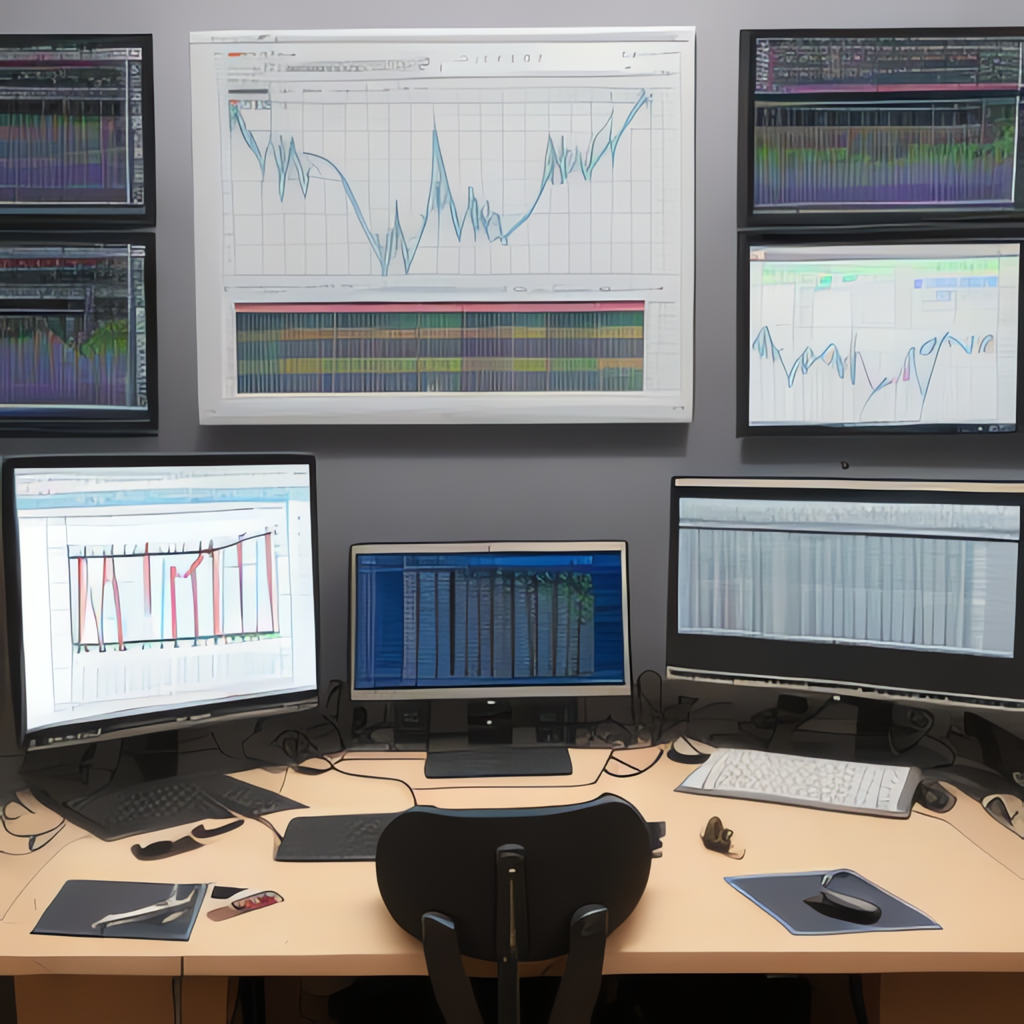In today’s data-driven world, the ability to analyze and present information effectively is cornerstone to informed decision-making. Data visualization plays a pivotal role in turning raw data into actionable insights. Whether you’re an analyst, a data scientist, or a business professional, mastering various types of charts and graphs can enhance your data storytelling and help you connect with your audience. This comprehensive guide will walk you through the nuances of different chart types, from the basic bar, line, and area charts to the more complex stacked charts and beyond.
The Basics: Bar, Line, and Area Charts
-
Bar Charts:
- Structure: Bar charts use rectangular bars to represent different categories of data.
- Purpose: These charts effectively compare quantities across various groups.
- Types: Single, grouped, and stacked bar charts, each serving a specific purpose in data representation.
-
Line Charts:
- Structure: Line charts consist of a series of data points connected by straight line segments.
- Purpose: Ideal for illustrating trends over time and understanding the flow of data.
- Variants: Simple line charts, which show data over time, and step line charts, which use jumps between data points to represent sudden changes.
-
Area Charts:
- Structure: Similar to line charts, but the area under the line is shaded to emphasize the magnitude of change.
- Purpose: To show trends and compare values over time, with the shading providing extra emphasis.
Dive Deeper: Interactive and Infographic Charts
-
Interactive Charts:
- Definition: These charts are dynamic, allowing users to manipulate the data through various means to gain insights.
- Benefits: Users can slice and dice data, explore different metrics, and tailor the representation to their specifications.
-
Infographic Charts:
- Definition: Combining graphics and visual representations, infographics provide a summary of information in an engaging and easily digestible format.
- Purpose: Ideal for presentations, reports, and websites to convey complex ideas quickly.
Expanding Your Arsenal: Stacked and 100% Stacked Charts
-
Stacked Charts:
- Structure: Combine two datasets in one chart, with separate bars or layers (stacked) for each set of data.
- Purpose: To show the part-to-whole relationships when dealing with multiple series of data.
-
100% Stacked Charts:
- Structure: Similar to stacked charts, but the entire height of the bars equals 100%, making each category a percentage of the total.
- Purpose: Useful for showing the proportional composition of different segments within a whole, rather than the total values.
Advanced Chart Types: Scatter, Bubble, and Heat Maps
-
Scatter Charts:
- Structure: Plot data points on a two-dimensional plane, where each point represents the intersection of two variables.
- Purpose: To show the relationship between quantitative variables and detect patterns in the data.
-
Bubble Charts:
- Structure: Extend the scatter chart by adding a third variable, which is represented by the size of the data point (bubble).
- Purpose: Ideal for highlighting relationships and trends when three quantitative variables are involved.
-
Heat Maps:
- Structure: Grids or matrices where each cell’s color represents a value in a dataset.
- Purpose: Efficient for visualizing large amounts of complex data or patterns in matrices.
Final Tips for Effective Data Visualization
- Choose the Right Chart: Select the chart type that best illustrates your data and the story you want to tell.
- Keep it Simple: Avoid clutter by choosing a simple design, relevant colors, and easy-to-read text.
- Embrace Color with Care: Color can be both a blessing and a curse. Use it effectively to provide context and highlight key insights.
- Context is King: Provide enough context to ensure your audience can understand the data and interpret the insights correctly.
- Be Consistent and Consistent: Use a consistent style across all your visualizations for a professional and cohesive look.
In a world where data visualization is more than table graphs and pie charts, taking the time tomaster the range of options available will empower you to communicate insights effectively and make data-driven decisions with confidence. Whether you’re a seasoned pro or a beginner, embracing the richness of available chart types will equip you to navigate the data landscape like a maestro.
